A cabbage is a biennial plant cultivated as an annual vegetable for its heads which have densely packed leaves. These leaves may be green, pale green, red, purple or white in color. It is a close relative of broccoli, Brussels sprout and cauliflower.
It belongs to the biological family known as Brassicaceae, which is also known as the cabbage family. Cabbages come in different shapes, colors and sizes, weighing usually between 0.5 and 1 kg (1 to 2 pounds).
The most common ones have smooth leaves, firm heads and green coloration. The rarest ones have crinkled leaves that are purple in color. Cabbage may grow very large when planted in very sunny areas.
Raw cabbages contain 92% water, about 6% carbohydrate, 1.3% protein and trace amounts of fat. They provide vitamins A, B1 (thiamine), B2 (riboflavin), B3 (niacin), B5 (pantothenic acid), B6, B9 (folate), C, E and K, calcium, iron, magnesium, manganese, phosphorus, potassium, sodium and zinc.
For consumption, they may be prepared by braising, pickling, fermentation, roasting, sautéing, steaming or stewing, and they may be eaten raw as well. Cabbages are best grown in full sun, for 6 or more hours daily.
They also need to be grown in rich, well-drained, consistently moist soil with pH of between 6.5 and 7.0. Deep watering is needed at intervals to maintain soil moisture. It is susceptible to clubroot, a fungal disease, and the infestation of pests.
Cabbage is also prone to nutrient deficiencies and bacterial diseases but there are several other crops which may be planted with it in your garden to encourage its growth, help keep pests away, attract useful insects, replenish soil nutrients and provide ground cover or shade from sunlight.
Such grouping for the purpose of sharing benefits is called companion planting. It is a tried and true method, ensuring for years that crops are grown with some other crops that help them grow healthy.
In this article, you will learn about thirty nine (39) good companion plants and thirteen (13) bad companion plants for cabbage in your garden. Also explained below are reasons why they are or are not ideal beside your plant.
Table of Contents
Good Companion Plants for Cabbage
1. Arugula
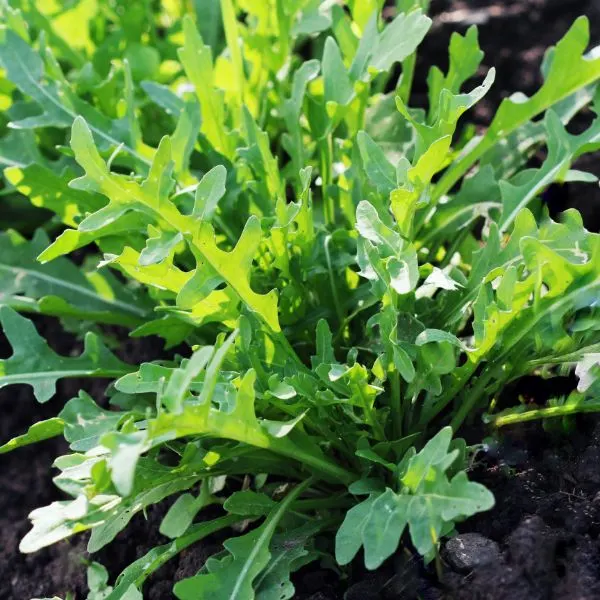
Arugula, also known as rocket, is an edible annual crop in the cabbage family Brassicaceae. It is cultivated as a leaf vegetable and used in salads for its fresh, peppery and bitter flavor. It is also called colewort or roquette.
It serves as a good companion plant for cabbage because it has tender leaves that are attractive to flea beetles. Arugula can be used as a trap crop for these pests as they are not easily controlled using insecticides.
2. Basil

Basil is a herbaceous flowering herb belonging to the mint family Lamiaceae. Also referred to as great basil, it has a sweet, spicy and slightly peppery flavor. It is cultivated for its leaves and flowers that are used for food in several cuisines.
This plant can keep pests and rodents away from cabbages while attracting beneficial insects like pollinators and pest predators. Basil repels asparagus beetles, mosquitoes, carrot flies, worms, mice and rats.
3. Beans
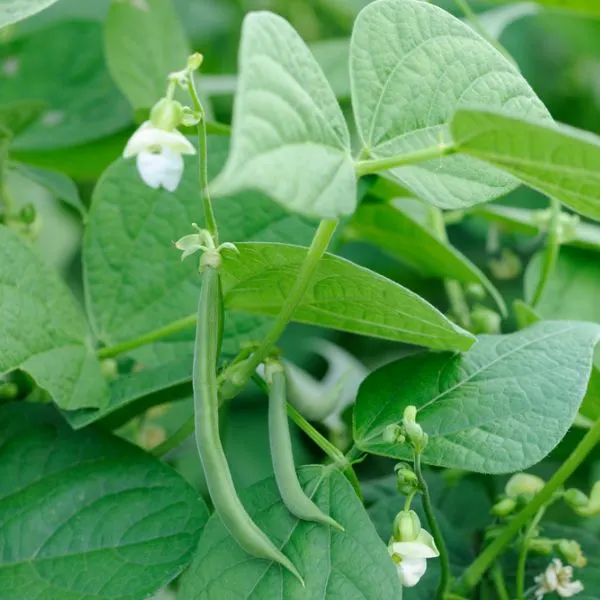
Beans are seeds of several genera of flowering plants that belong to the botanical family Fabaceae (the pea family). Their seeds (pulses) are then boiled, fried, baked or cooked by some other method and used as vegetables for humans or animals to eat.
As legumes, bean plants benefit your cabbages by fixing soil nitrogen using the nodules in their roots thereby improving plant yield. They also provide good ground cover, preventing water loss from evaporation and the growth of weeds.
4. Beets
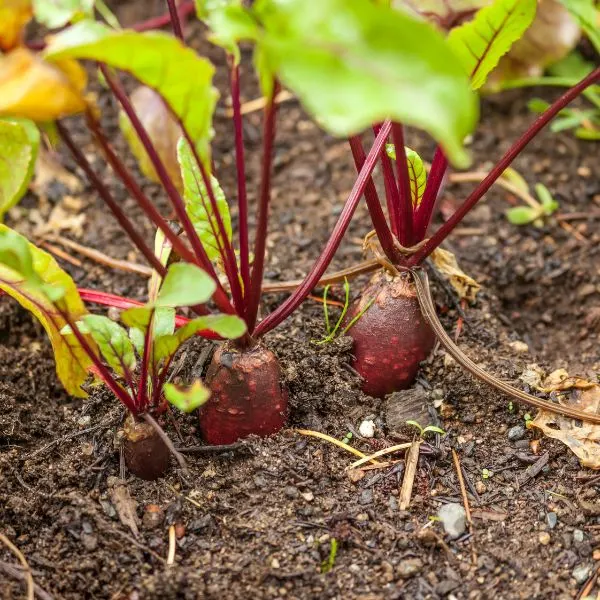
Beets are flowering plants in the amaranth family grown for their edible taproots, called beetroot, and leaves, called beet greens. They are cultivated for their edible taproot and their leaves may be prepared and eaten as vegetables.
They are good companion plants for cabbages because they do not compete for soil nutrients and they fare well in similar soil. Space these plants well or add other pest repellent plants as both are susceptible to attacks from insect pests.
5. Borage
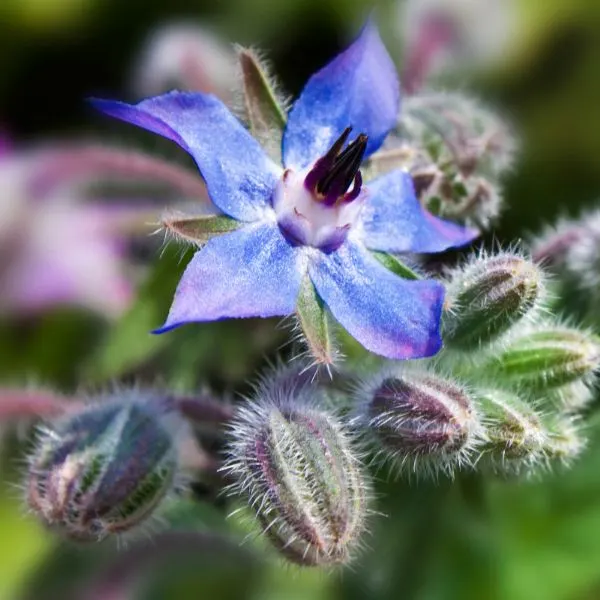
Also known by the name starflower, borage is an annual herbaceous flowering plant in the family Boraginaceae. The plant has complete blue, white or pink flowers with five narrow, triangular-pointed petals.
Borage is a good companion plant for your cabbages. It can aid pollination by attracting bees and other pollinating insects to your garden. It can protect cabbages from pests and bring up minerals like calcium from the soil with its deep taproots.
6. Calendula
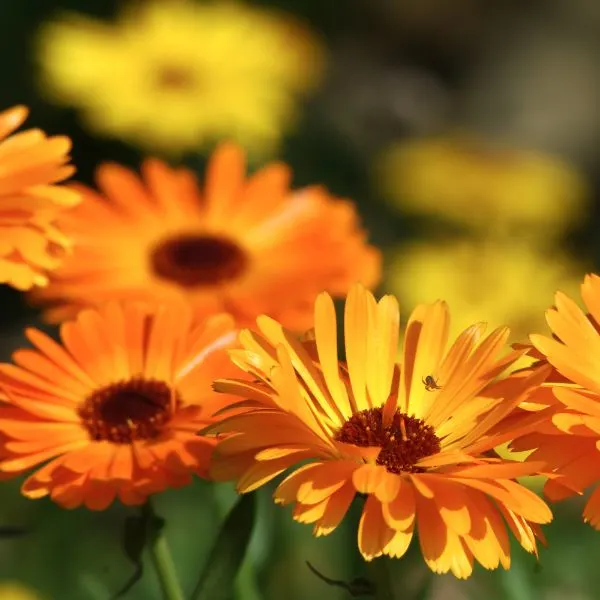
A calendula or pot marigold plant is any of the 15 to 20 species of annual and perennial flowering plants within the genus Calendula. They belong to the daisy family Asteraceae and serve as suitable companions for your zucchini plant.
With its fragrant and beautiful orange flowers, this crop can attract a number of insects that aid pollination or prey on pests, including hoverflies, lacewings and parasitoid wasps. It can also serve as a trap crop for aphids.
7. Carrots
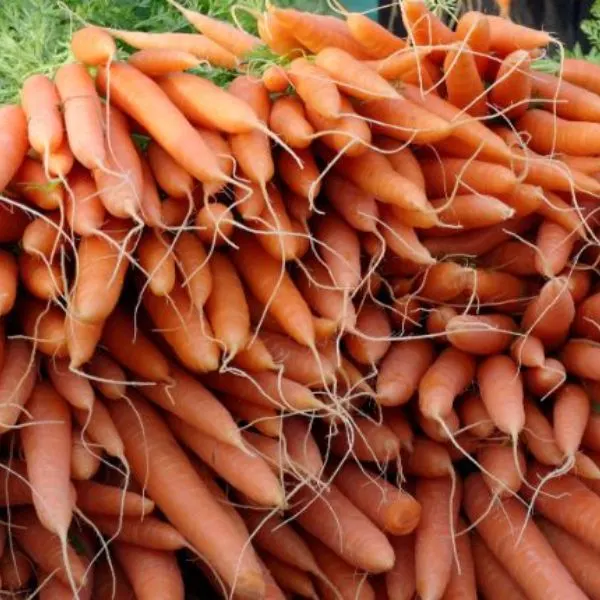
Carrots are edible root vegetables with usually orange taproots and green leaves at the top. Cultivars in white, yellow, red, purple and black also exist, with this root typically tapering. They are good companion plants for cabbage.
These root veggies can enhance the flavor of your cabbages and help control weeds. To avoid attacks from insects like aphids and carrot flies, grow this pair alongside plants like mint and rosemary to control pests.
8. Catmint
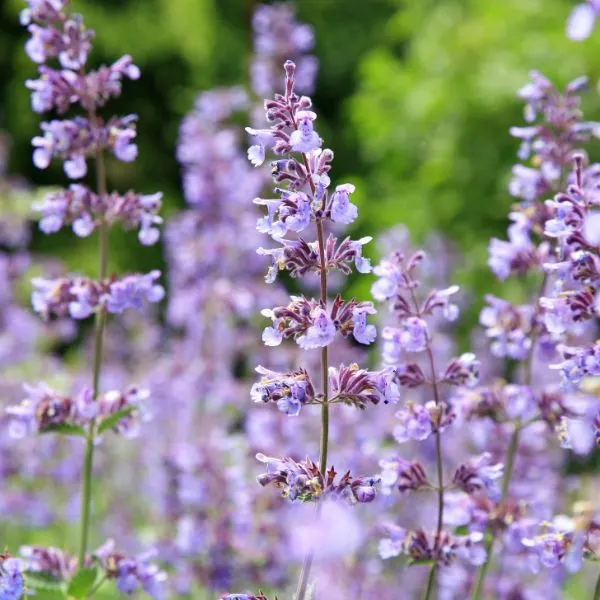
Known also as catnip, catmint is a genus Nepeta of aromatic herbs in the mint family Lamiaceae. There exist about 250 species of flowering plants in the family. They have tubular flowers which may be blue, lavender, lilac, pink or white.
Catmint is a good companion plant for cabbages. Its presence can ensure that several garden pests stay away. Some of these are aphids, mice, rats, squash bugs and weevils. It also distracts cats from other crops.
9. Celery
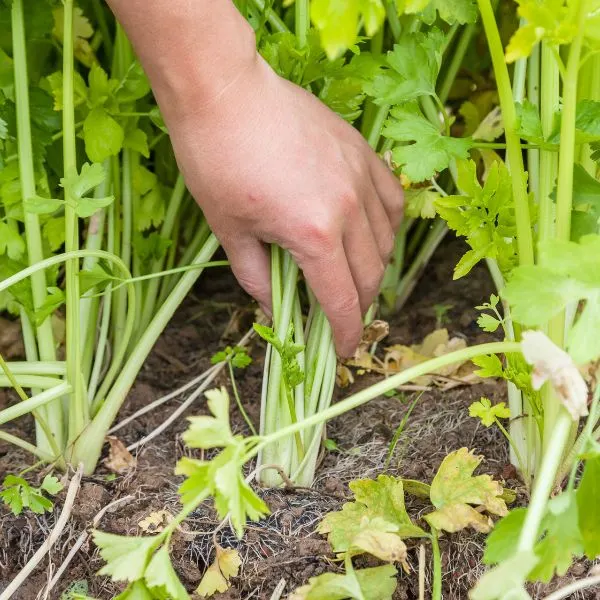
Celery is a marshland plant grown to be consumed as a vegetable. Its leaves and stalks may be used in cooking but this depends on the variety and location of the plant. It is a very good companion plant for cabbage.
It has aromatic leaves that deter pests like the white cabbage moth while also attracting useful like lacewings, ladybugs, parasitoid wasps and other parasites of aphids. It attracts hummingbirds too and leaves enough nutrients in the soil for your cabbage.
10. Chamomile
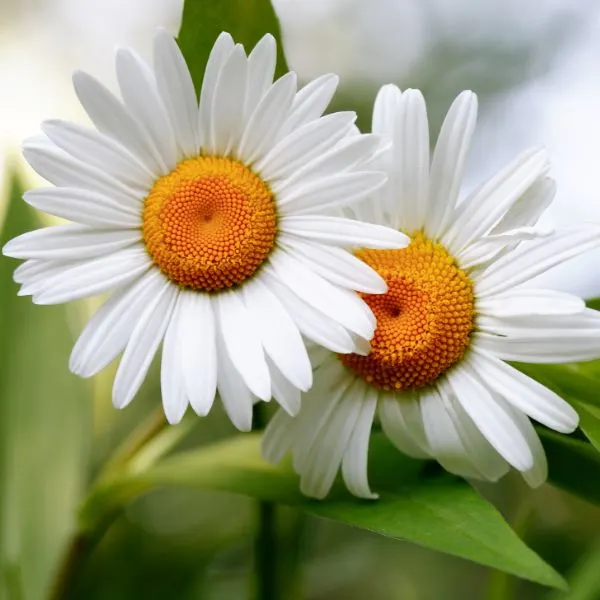
Also spelt camomile, chamomile is a flowering plant of the daisy family Asteraceae. Some parts of this plant are used in the making of healthy beverages because of its antioxidant properties. It resembles a daisy.
Chamomile is a good companion plant that can enhance the flavor of your cabbages. It repels insects like mosquitoes and attracts beneficial ones like honey bees, hover flies, ladybugs and parasitoid wasps with its flowers. Space it properly to avoid unnecessary competition.
11. Chard

Known also as beet spinach, leaf beet, perpetual spinach, silver beet or Swiss chard, chard is a leafy green vegetable of the same species as beets. It is cultivated for its leaves and stalks which are usually cooked and eaten.
It is a good companion plant for cabbage on the basis of convenience because although they might not boost each other, they require different nutrients from the soil and chard provides good ground cover in the garden.
12. Chives

Chives are flowering plants in the genus Allium, to which some other aromatic plants like garlic, onions and shallots also belong. They are cultivated for the edible leaves and flowers they produce, which are then used to season food.
Because they contain sulfur, they are good companions for chives. They are effective at controlling pests, bacterial and fungal diseases and soil erosion. Their stunning purple-pink flowers bring insects to aid pollination and control pests. Use a barrier in the soil so your chives do not dominate the area.
13. Cilantro
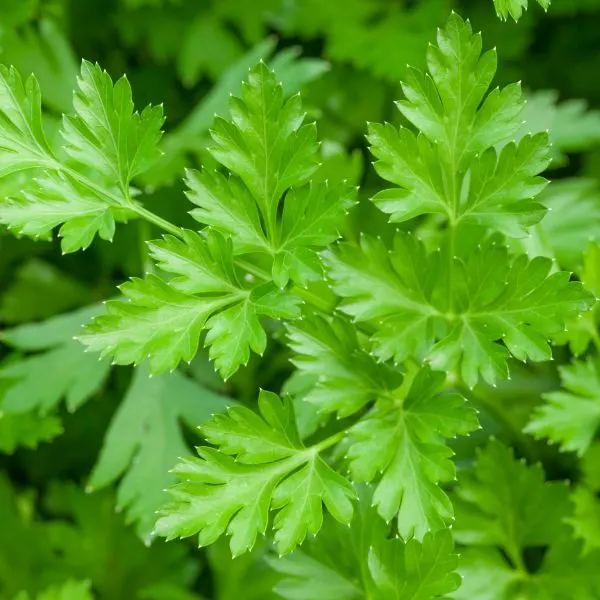
Known also as Chinese parsley, coriander or dhania, cilantro is an annual flowering plant with edible plant parts. The fresh leaves and dried seeds of this aromatic herb are the parts most used for culinary purposes.
Cilantro is a good companion plant for cabbages as both grow well in similar conditions. It can keep harmful insects away from your cabbage as it attracts both pollinators and insects that prey on pests.
14. Dill
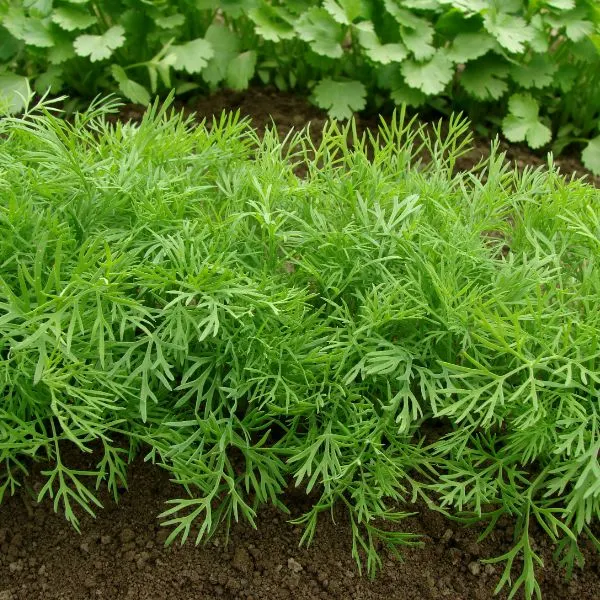
Widely grown in Europe and Asia, dill is an annual herb in the celery family cultivated for its leaves and seeds. These may be used as herbs or as food seasoning. Dill is another example of good companion plants for Brussels sprouts.
When it produces flowers, this plant can attract pollinators to your cabbages. It draws pest predators and both have corresponding soil and care requirements. Dill has long or deep taproots that break up the soil, reducing the chances of weed growth.
15. Garlic
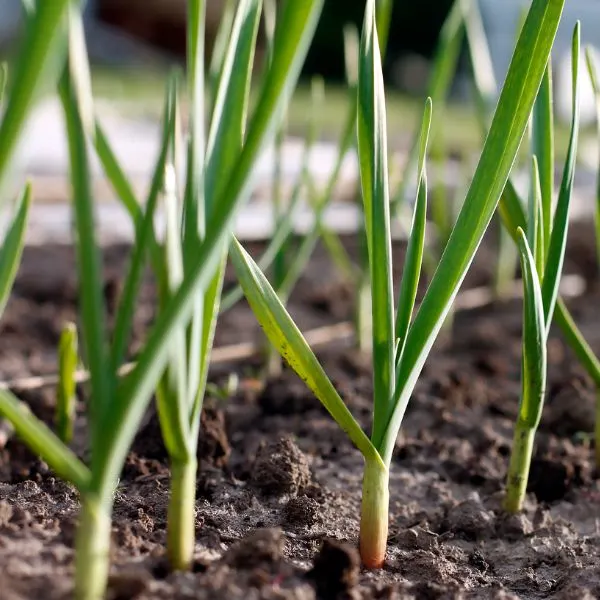
Garlic is a flowering plant in the genus Allium, alongside chives, leeks, onions and shallots. It produces a pungent or sharp smelling bulb divided into cloves which is used to season food or make an oil used by spraying to deter pests.
This allium is a good companion plant for cabbage. Garlic produces and releases the antifungal compound known as sulfur. It keeps harmful animals away from your garden and grows very well beside your brassica.
16. Geraniums
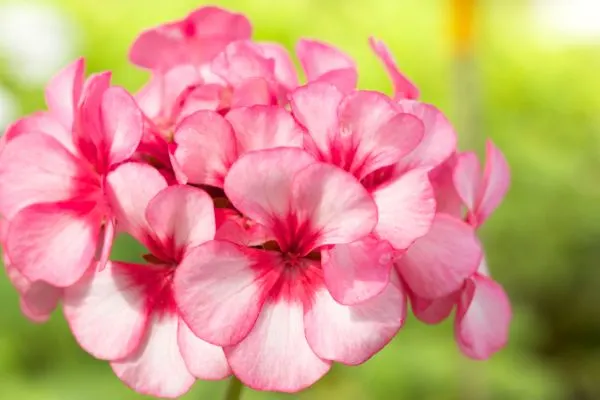
Geranium is a genus of about 422 species of flowering plants also known as cranesbills. They may be annual, biennial or perennial plants and are grown in tropical parts of the world. They bear a long, narrow fruit resembling the bill of a crane.
Geraniums and cabbages are very compatible because their soil and growth needs are alike. Geraniums control pests with their peppery scent, attract pollinators with their lovely lilac, red, pink, purple and white flowers, and contribute to the health of the soil.
17. Hyssop

Hyssop is a herbaceous flowering plant in the mint family Lamiaceae. It has aromatic, pungent leaves. The parts that grow above the soil may be used in the making of perfumes and herbal medicine or as a seasoning for culinary purposes.
This herb brings pollinators like butterflies and bees to your garden and distracts pests of cabbages by drawing them to itself (as a trap crop). It can also attract useful insects to feed on pests of your cabbages and serve as ground cover to shield the soil from water loss and weed infestation.
18. Leeks

The leek is another flowering plant within the genus Allium. It possesses a large and slender white bulb and flat dark green leaves that overlap. Like other pungent members of its family named in this article, it is used in cooking.
Leeks are very good companion plants for cabbages. With their sulfur content, they can help to repel some natural predators of the brassica, including aphids, flea beetles, deer, gophers, groundhogs, rabbits and other foraging rodents.
19. Lentils
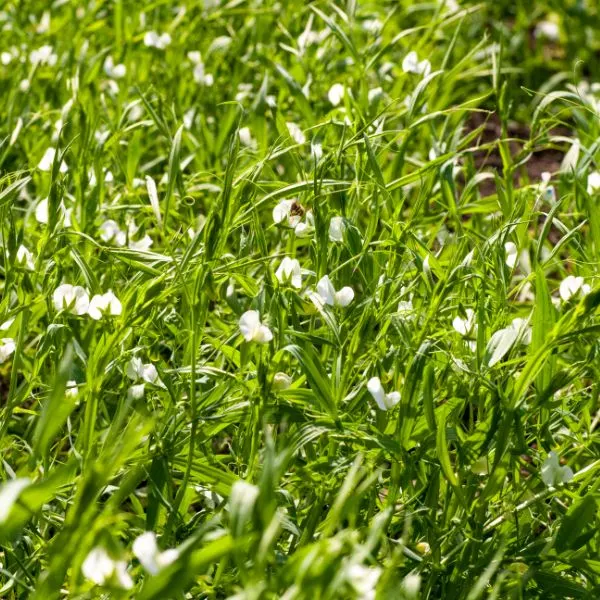
Lentil is yet another leguminous plant in the biological family Fabaceae which serves as a good companion for your cabbage. It is an annual plant that produces edible, lens-shaped seeds that grow in pods.
It serves as a nitrogen fixing plant, restoring and renewing depleted nutrients in poor soils to result in better crop yield. Lentils also serve as good ground cover, slowing down the rate of erosion, retaining water in the soil, preventing weeds from growing and stopping pests and diseases from being spread. They can also be mulched.
20. Lettuce
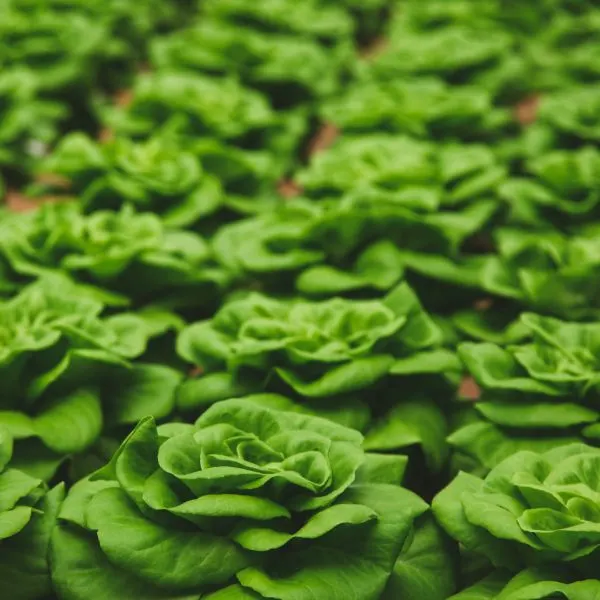
Lettuce is a flowering annual plant in the family Asteraceae mostly cultivated for its leaves, but also for its stems and seeds. It is used as a leaf vegetable, eaten most often in salads but may be added into other foods.
This is a quick growing crop that prefers cool weather, just like cabbage. Lettuce has flowers that attract pollinators to your garden. It aids pollination and does not inconvenience your cabbage. It is susceptible to pest infestation so plant a pest deterrent like mint around as well.
21. Marigolds
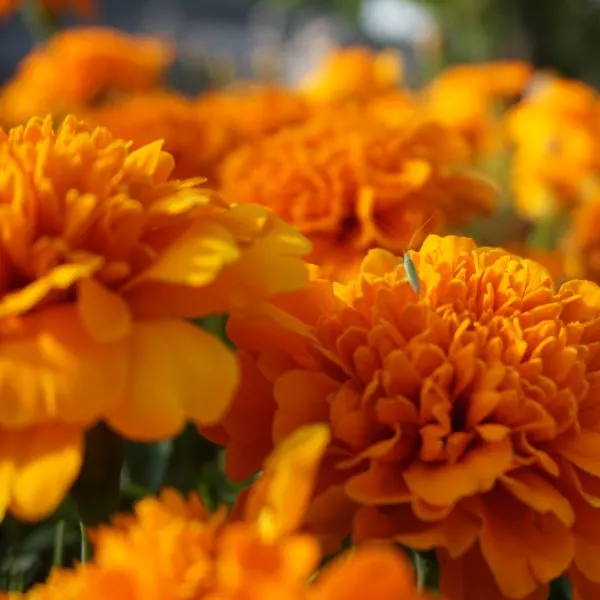
Marigolds are mostly herbaceous flowering annual or perennial plants which belong to the daisy family Asteraceae. They serve as good companions for cabbages because of their flowers and their odor.
Their bold, beautiful and colorful flowers attract certain pests to themselves, serving as a trap crop. Their pungent odor is unpleasant to rabbits and some other pests that live in the ground. Marigolds repel pests, serve as trap crops, attract pollinators and bring pest predators to your garden.
22. Mint
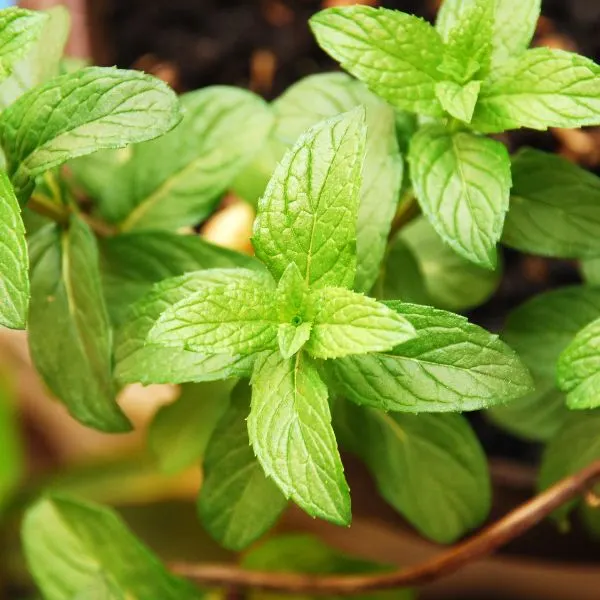
Mint is a genus of about sixty aromatic herbaceous flowering plants in the biological family Lamiaceae. Most plants in this genus are perennial, with several species, cultivars and hybrids, peppermint for example.
Mint plants can protect your cabbage from pests that would rather harm it, improve its flavor and attract beneficial insects. Mints tend to take over any area in which they are planted so plant them in a separate container and place it beside your cabbage.
23. Nasturtiums
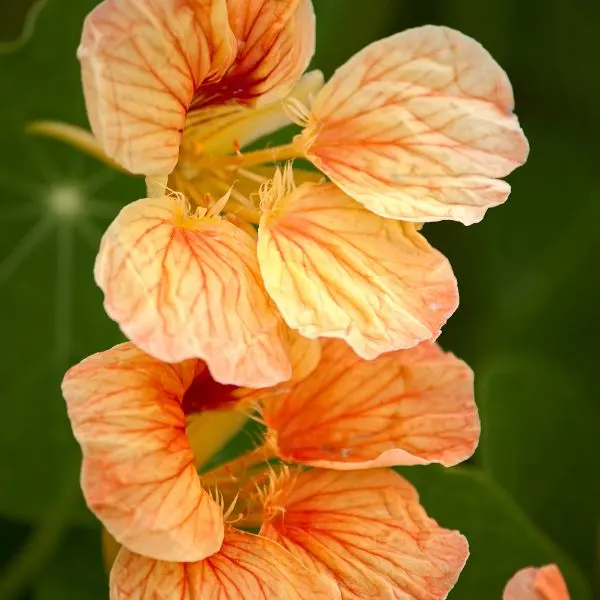
Also known as tropaeolum, Nasturtium is a genus of close to a hundred species of annual and perennial herbs. They have showy round flowers and are used in herbal medicine, for culinary purposes or in the control of pests.
Nasturtiums repel several insects that are generally harmful to brassicas with their peppery smell, serve as ground cover, inhibit the growth of weeds, help curb erosion, serve as trap crops and do not compete with your heavy feeding cabbage.
24. Onions
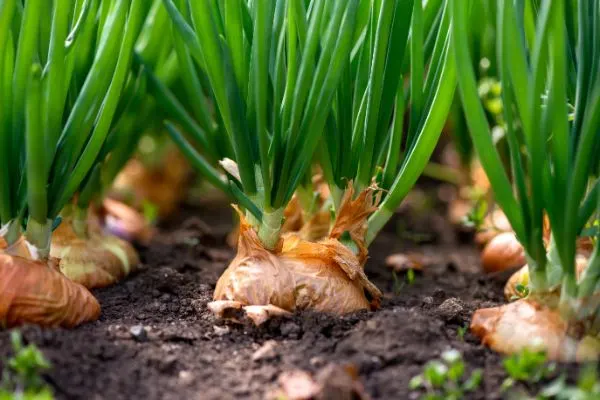
Onions are the most widely cultivated vegetables in their genus, the genus Allium. Also called bulb onions or common onions, they are close relatives of chives, garlics and scallions. The onion plant produces a sharp odor.
With an onion plant beside it, the cabbage is protected from pests, has its flavor improved and is comfortable with the light feeder. Because onions are susceptible to attacks from onion flies, grow another pungent plant, like mint, near the pair.
25. Oregano
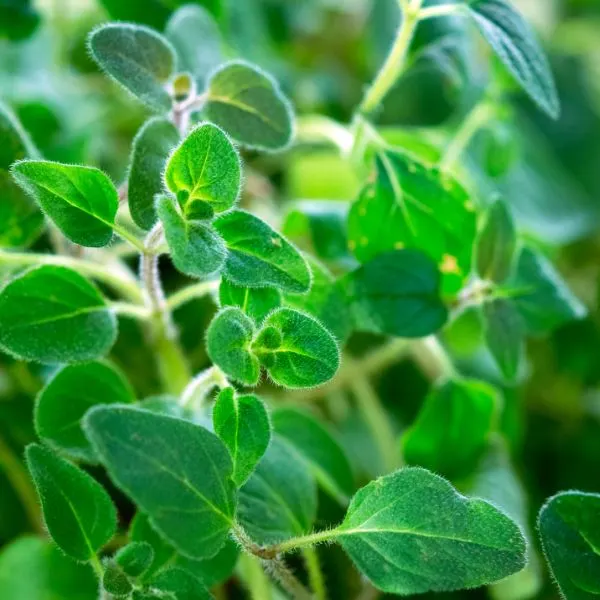
Oregano is a woody perennial plant that belongs to the mint family Lamiaceae. It is a herbaceous flowering plant, which means that it is an aromatic plant with a strong odor and it produces flowers by which it reproduces.
This is a good companion plant for your cabbage. When in bloom, the beautiful pink, pinkish purple, purple or white flowers of oregano attract beneficial insects to your garden. It also has a strong, pungent smell that keeps pests away. Both plants are also comfortable in close proximity to each other.
26. Parsley
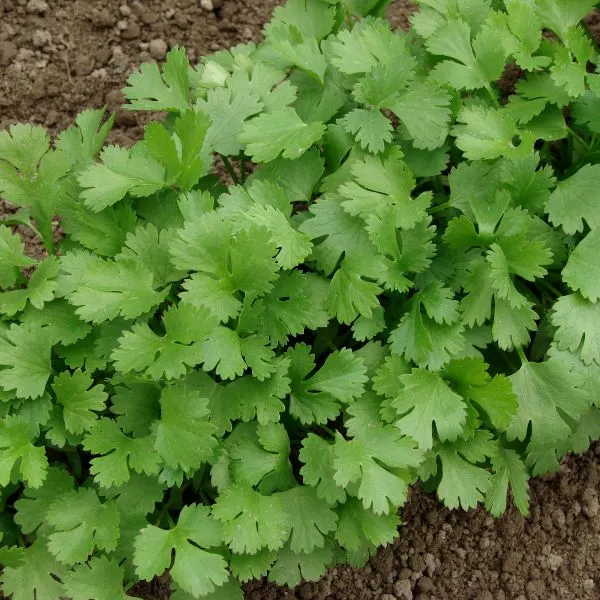
Parsley, also less commonly called garden parsley, is a flowering plant cultivated widely across the world for use as a medicinal herb or in cooking as a vegetable. This aromatic plant belongs to the biological family Apiaceae, like carrots.
This plant is fairly easy to grow and is beneficial to cabbages. It repels several common pests and attracts useful insects. It can keep aphids, cabbage loopers, flea beetles and whiteflies away while attracting hoverflies, tachinid flies and beneficial wasps.
27. Parsnips
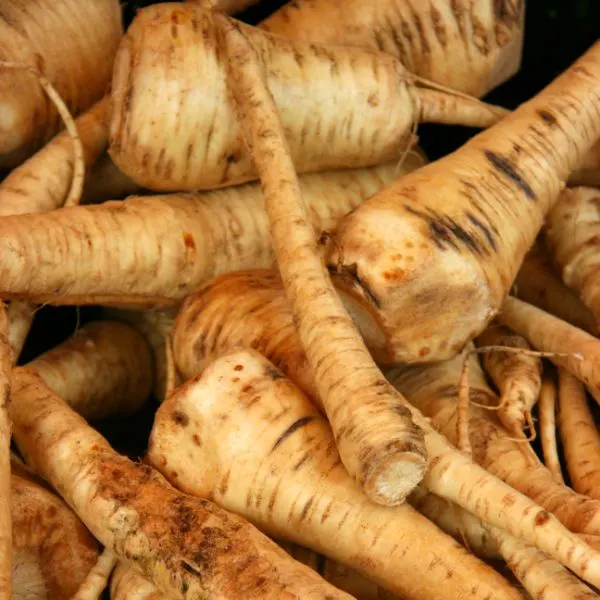
A parsnip is a flowering plant related to carrots and parsleys. It is an edible root vegetable that belongs to the botanical family Apiaceae. The harvested root is usually cream colored with leafy greens above it.
Parsnips attract predatory insects that feed on several crop pests, protecting the plants around them. Their roots produce a substance that is toxic to several insects that would be very harmful to your cabbage plants.
28. Peas
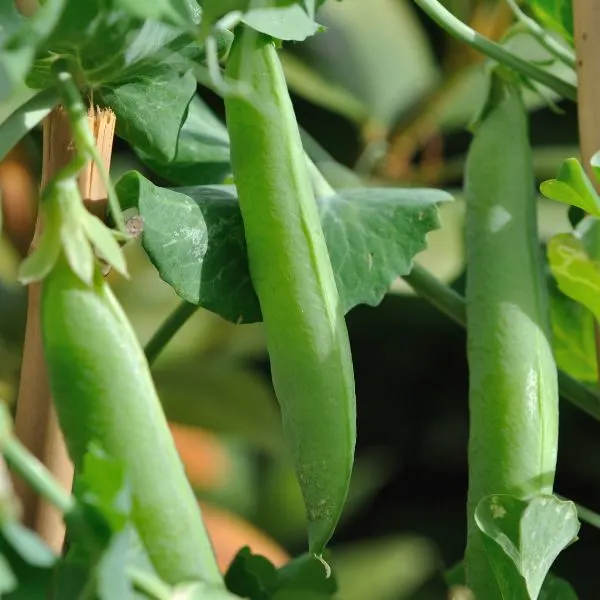
Peas are herbaceous flowering annual plants in the same biological family as beans, Fabaceae. Also known as garden peas, these plants are cultivated in various parts of the world for their edible seeds.
Like beans, they fix nitrogen in the soil and replenish used-up nutrients in the soil. They are comfortable with your cabbage because they have shallow roots that do not compete with those of your cabbage. Both have similar growth needs too.
29. Radishes
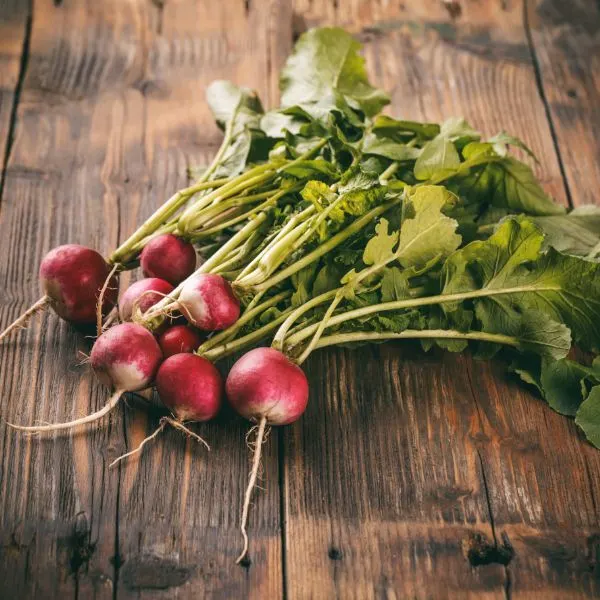
A radish is a root vegetable also belonging to the biological family Brassicaceae, the cabbage family. Its roots are edible and so are the leafy greens atop them. They may be eaten raw, which they mostly are, or cooked.
Radishes are comfortable with cabbages as they need similar care and nutrients. They are good companions, loosening the soil surrounding your brassica and allowing it room to thrive. They also attract pollinating insects but should be spaced well to avoid competition with your cabbage.
30. Rosemary
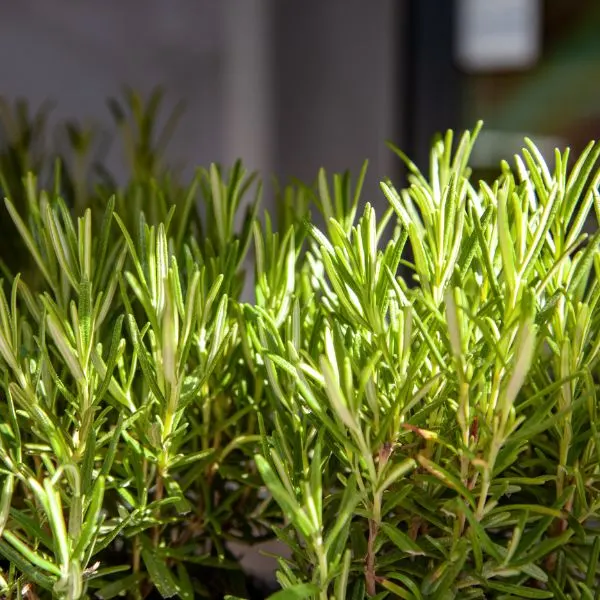
Rosemary is a low, woody perennial plant with thin and needle-like leaves which are fragrant and evergreen. Its flowers may be blue, white, pink or purple. It is a herbaceous flowering plant in the mint family Lamiaceae.
This plant produces an essential oil that repels different pests with its strong scent. This scent masks that of the cabbages so that pests do not get drawn to and destroy them. The presence of rosemary is also believed to help improve the flavor and taste of your cabbages.
31. Sage
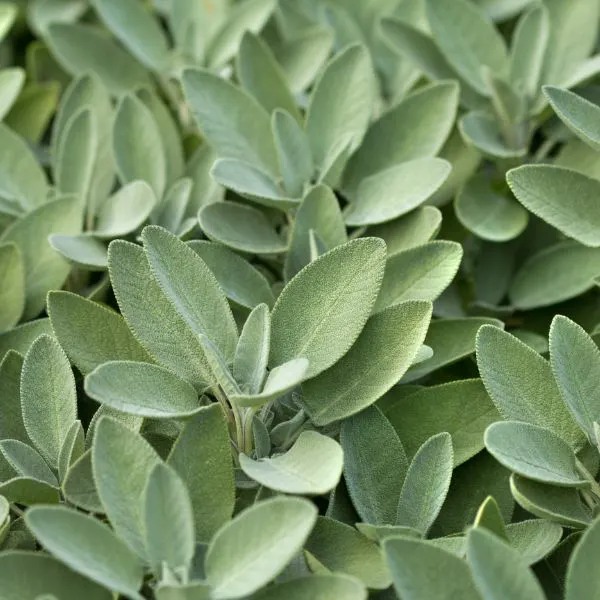
Sage, otherwise known as common sage, is a perennial plant easily distinguished by its grayish leaves and blue to purple flowers. It is another herb in the mint family Lamiaceae which is beneficial to your brassica. It is aromatic, bushy and edible.
The aromatic herb is a light feeder that does not compete with your cabbage for nutrients and soil space. Its beautiful flowers attract insects that aid pollination. Its strong aroma can helpkeep several pests that attack your cabbages away.
32. Scallions

Scallions or green onions in the genus Allium derived from various species in the genus Allium. They are typically milder in taste than other alliums and lack a fully developed bulb. Their hollow, tubular leaves are eaten cooked or raw as a vegetable.
Like other members of their genus, scallions are important for the purpose of pest control, they may improve the flavor of your beets and they attract various useful animals like pest predators and pollinators.
33. Shallots
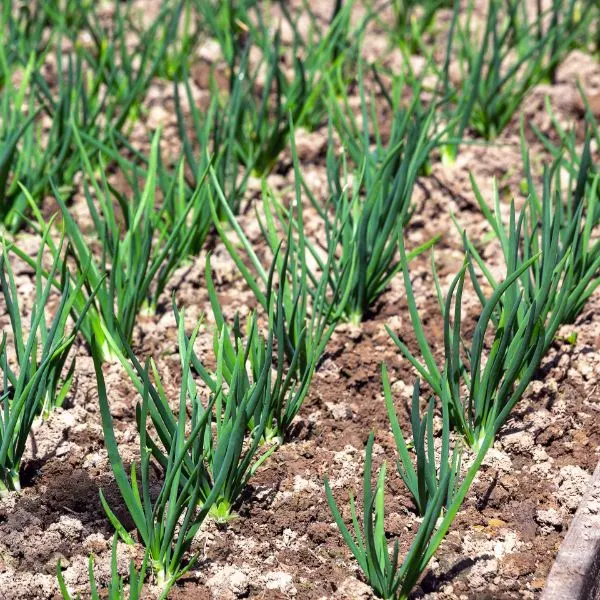
The shallot is a variety or cultivar of the onion. It is a small bulb vegetables in the same genus as onions: Allium. It is also closely related to garlic and chives, used for seasoning food. It contains a lot of sulfur and so helps repel aphids, cucumber beetles, deer, rabbits and other insects or rodents.
This makes it a good companion plant for cabbage. It may enhance the flavor of cabbages and attract beneficial insects. Shallots also loosen up the soil around the roots of cabbage plants so they can take up needed nutrients and grow well.
34. Spinach
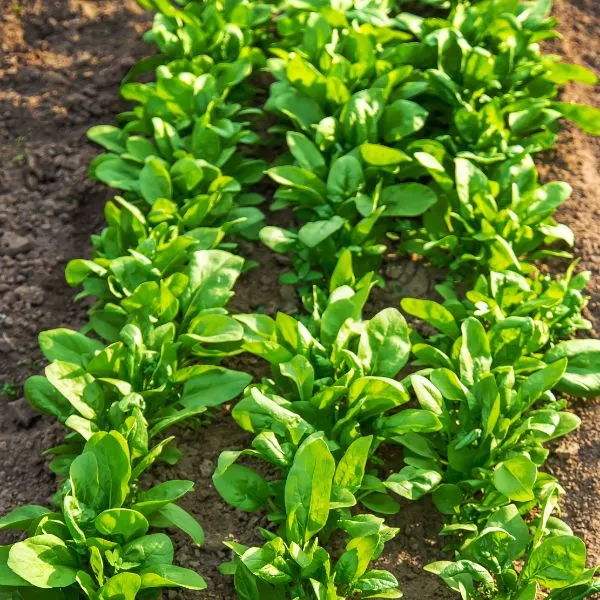
Spinach is a flowering plant in the amaranth family. Its green leaves are edible and commonly eaten as a vegetable either raw or after preservation. Spinach is a good companion plant for Brussels sprouts.
Its roots grow to a different soil level than those of cabbages. The plants also have different nutrient requirements so spinach does not compete with your brassica. Spinach also serves as a good ground cover, maximizing the potential and space of the garden.
35. Summer Savory

Summer savory is an annual plant in Lamiaceae, the mint family. With slender, bronze-green leaves, the flowering herbaceous plant has lilac tubular flowers that are very beautiful when they are in bloom.
The aromatic plant can repel harmful insects, cabbage moths and spider mites for example, while also attracting beneficial insects which may be pollinators or pest predators. By supplying your cabbage nutrients and vitamins, they improve its taste.
36. Tansy
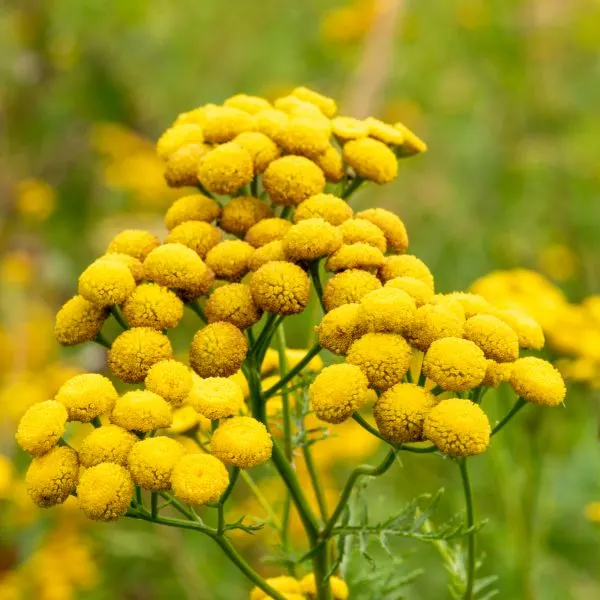
Tansy is a perennial herbaceous flowering plant in the aster family Asteraceae. This aromatic plant is native to Eurasia, characteristically having yellow button-like flower heads and leaves which have a bitter taste. It may be used medicinally.
Its flowers and leaves can both deter pests and bring useful insects to the area. Tansy can control pests by attracting their predators: minute pirate bugs, hoverflies, lacewings and parasitoid wasps. It attracts pollinating insects like butterflies, honey bees, wasps and ladybugs.
37. Thyme

Thyme is an aromatic evergreen herbaceous plant in the mint family Lamiaceae. It is a perennial flowering plant closely related to mint, oregano and sage. It is yet another herb that grows well near rhubarb, a good companion plant for it.
This herb is a very good companion plant for cabbage. It provides ground cover, deters pests from the garden and attracts pollinating insects to your plant. It keeps your plant cool and prevents weeds from growing. Thyme has antifungal properties and should be spaced properly from cabbages.
38. Wormwood
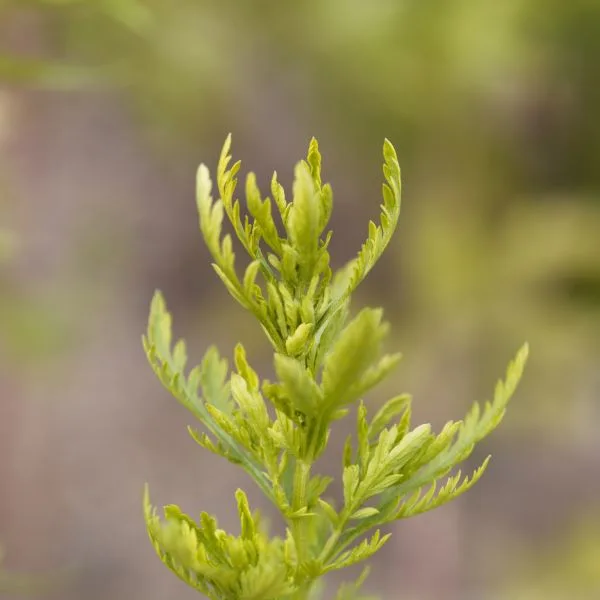
The diverse genus of plants known as Artemisia consists of about 200 to 400 species. They belong to the biological family Asteraceae, also known as the daisy family. Plants in this genus are also called mugwort, sagebrush or wormwood.
When used as companion plants for cabbages, they serve as trap crops. With their natural harsh taste and strong odor, wormwoods repel insect pests, insect larvae within the soil and nibbling animals like deer and rabbits.
39. Yarrow

Also known as old man’s pepper, sanguinary, devil’s nettle, soldier’s woundwort or common yarrow, yarrow is a flowering herb in the aster or daisy family Asteraceae. It has a sweet scent and its flowers may be white, yellow, pink or red.
Yarrow has a smell that is unpleasant to several harmful insects and so it benefits cabbage plants. Its flowers are attractive to useful insects like hoverflies, lacewings, ladybugs and parasitoid wasps which prey on aphids.
Bad Companion Plants for Cabbage
1. Broccoli
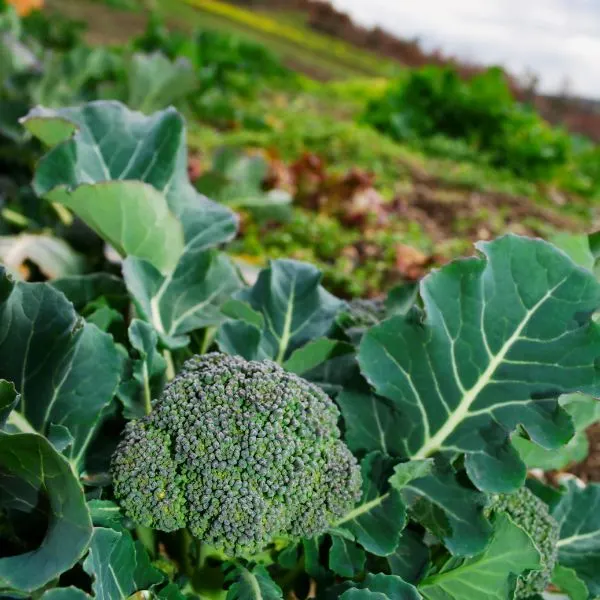
Broccoli is a flowering plant in the family Brassicaceae, the cabbage family. It has large, partly developed green flowers that make up its head, stalks and leaves which are the edible parts of the plant, the main reason it is cultivated.
Avoid planting broccoli and other brassicas together in the same area. Because both plants are heavy feeders, they require more nutrients than most other plants do and so they would compete for space and nutrients. They also attract the same kinds of pests.
2. Brussels Sprouts
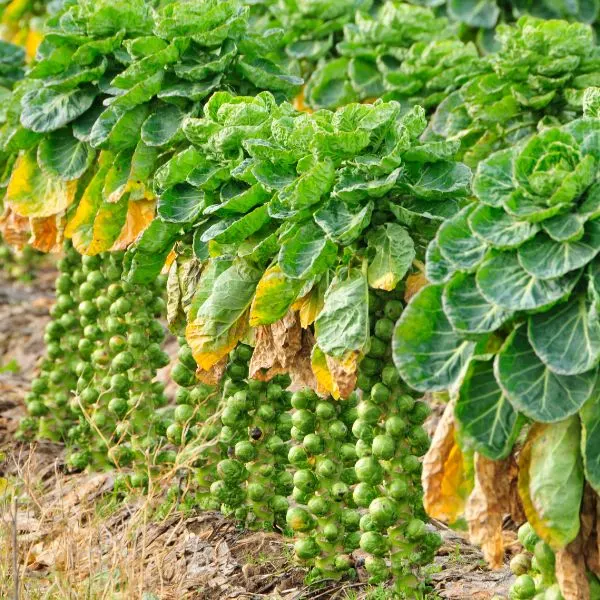
Brussels sprouts are flowering plants in the cabbage family grown for their edible buds. They are green leafy vegetables resembling very small cabbages. As brassicas, they are also very bad companion plants for cabbages.
Both crops would battle for water, nutrients and space in the soil. They are both heavy feeders and would be adversely affected by this relationship. They are susceptible to attacks from some of the same pests as well.
3. Cauliflower
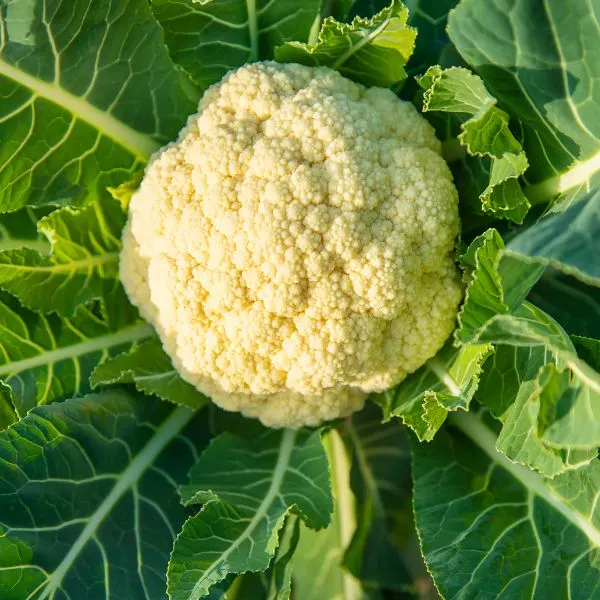
Cauliflower is another flowering plant in the Brassicaceae family, cultivated for its partially developed flowers, referred to as the head or “curd”. The head is edible and mostly in the colors white, yellow, green, orange, brown or purple.
It is also a bad companion plant for your cabbage. Growing them together is easy because they both belong to the same family and need similar amounts of light, water and nutrients but it leads to more problems than benefits.
4. Corn
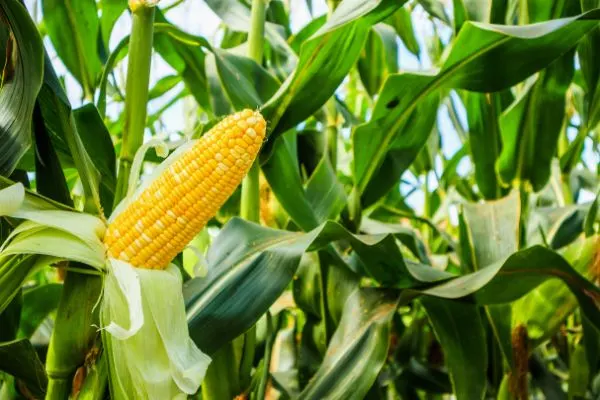
Corn or maize is a species of monocotyledonous flowering plants in the grass family Poaceae or Gramineae. Its leafy stalk produces separate inflorescences known as ears. When fertilized, these ears yield fruits, which are the seeds.
This species is not suitable for growing beside any plant in the cabbage family. When corn is in its early stages, cabbage can shade it and when it grows tall, it takes up too much sunlight from the cabbage plants.
5. Cucumber

The cucumber plant is a creeping vine in the cucurbit family that bears cylindrical fruits which are used as vegetables for culinary purposes or eaten raw. Cultivating cucumber and cabbage side by side is not healthy for the brassica.
As vining plants, cucumbers need ground space to crawl but cabbages are not compact. They can compete for nutrients (like nitrogen) and space. Both plants are heavy feeders and cucumbers love sunlight so they could compete for this too.
6. Kale
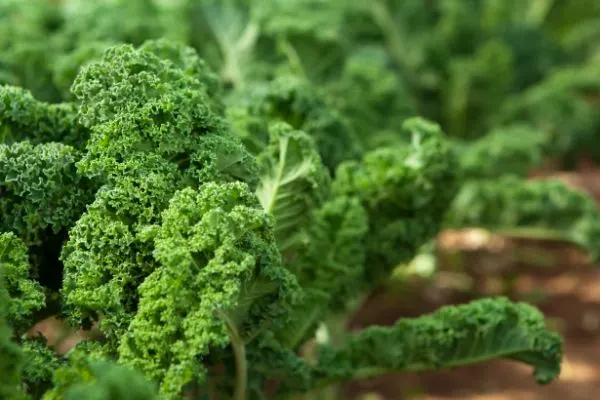
Another brassica that should not be planted near cabbages is kale. Kale, also called leaf cabbage, is a cabbage cultivar grown for its edible green or purple leaves, or for use as an ornamental plant. It is a bad companion for this plant.
Although kale can deter pests from attacking your cabbage plants, it is a heavy feeder too. It would battle with your plant for the nutrients and space in the soil. Also, they attract the same pests and can easily share diseases.
7. Kohlrabi

Yet another brassica you should not plant with cabbages is kohlrabi. It is a variety of wild cabbage with thin stems and yellow flowers also known as the German turnip. Its stems and leaves are edible and it tastes very much like cabbage.
Separate cabbages from kohlrabi to avoid the unnecessary and unhealthy competition for root space and soil nutrients that would otherwise occur if they are planted side by side. Both plants are also easily susceptible to the same diseases and pests.
8. Pepper Plants

Like eggplants and tomatoes, pepper plants are flowering plants of the nightshade family. Several species and cultivars exist, even in various colors like red, yellow, orange, green, white and purple.
Peppers should not be planted in close proximity to cabbage. They compete for nutrients with each other and attract similar animal and insect pests to your garden. Peppers take up too much sunlight and need less moisture than cabbages do.
9. Pumpkins
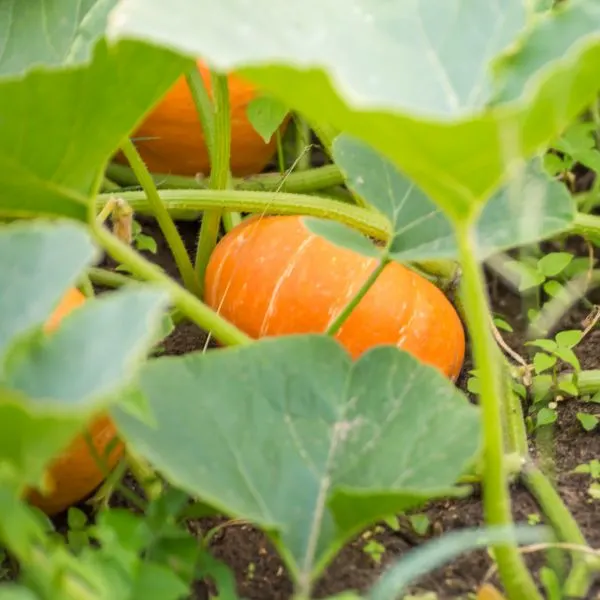
Pumpkins are cultivars of winter squash (fruits of plants in the genus Cucurbita that have hard rinds, mature in winter and may be stored for several months) that are round in shape and ribbed on their skin. They have deep yellow to orange skin and inside, they contain seeds and pulp.
Pumpkin plants are not good companions for your cabbage because they shade the brassica too much. Pumpkin plants grow too tall and end up taking up too much sunlight. Sunlight is paramount for the growth and health of your plant by photosynthesis.
10. Squashes
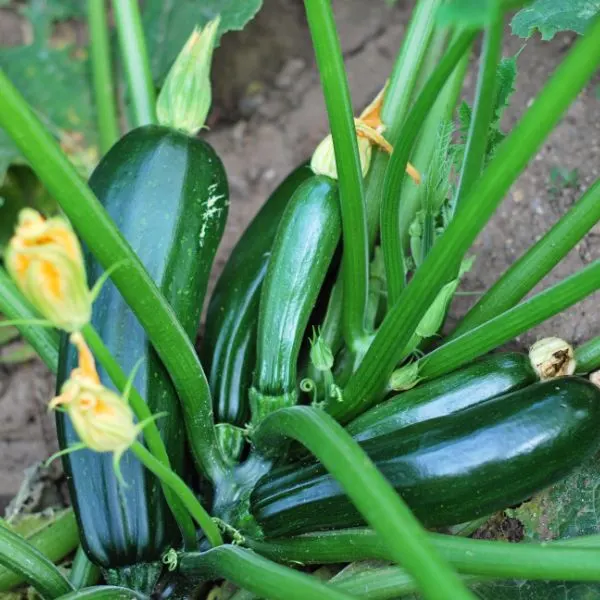
Squashes are herbaceous fruits known as cucurbits which belong to the gourd family, Cucurbitaceae. They may also be known as pumpkins or gourds and their fruits eaten young. These plants are very bad companion plants for cabbage.
Like brassicas, they are heavy feeders. Squashes require a lot of nutrients for proper growth and increased yield. They would compete with your cabbage for soil nutrients, garden space and sunlight.
11. Strawberries
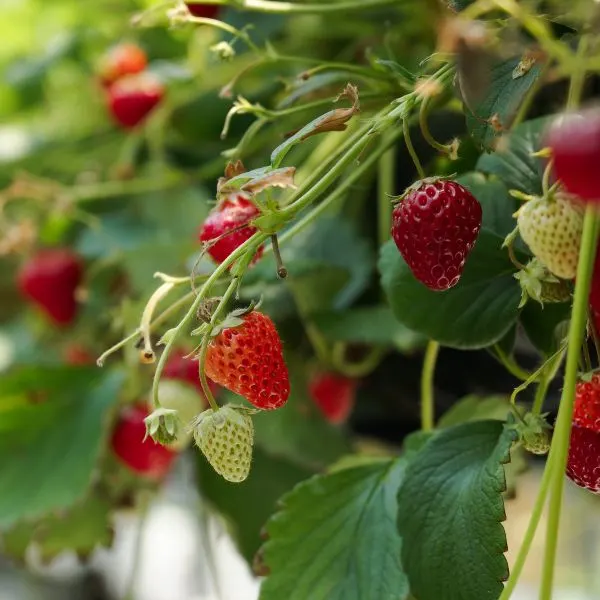
Strawberries are low perennial herbs with many runners and white flowers. They produce edible fruits which are small achenes scattered on the surface of an expanded red pulpy berry. They are very bad companion plants for cabbage.
Strawberries are not ideal for cultivation beside any brassica because they contain allelochemicals which can inhibit the growth of your cabbage. They also attract pests like slugs and snails that eat away at the leaves of your cabbage.
12. Tomatoes
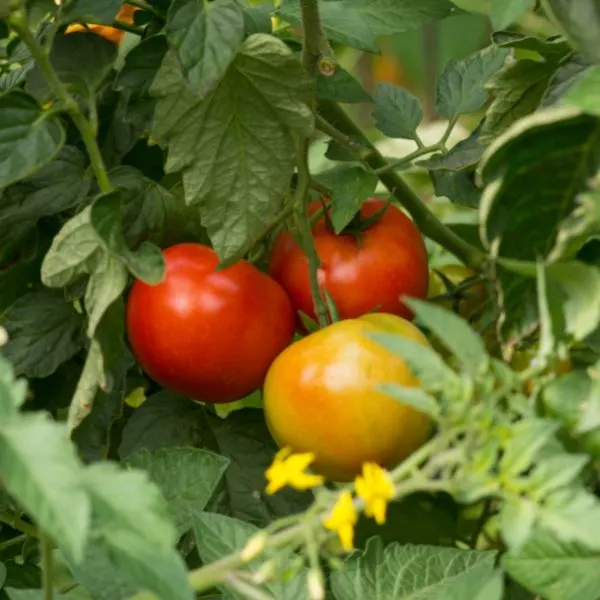
Tomatoes are South American plants of the nightshade family Solanum. They produce a widely grown mildly acidic fruit also known as tomato, with many varieties. Tomatoes are a glossy red or yellow color, pulpy and edible, eaten raw or cooked.
Planting tomatoes and cabbages side by side can cause harm to both plants. Brassicas generally stunt the growth of tomatoes with their own allelochemicals. Tomato is a heavy feeder and would take up much nutrients from the soil.
13. Zucchini
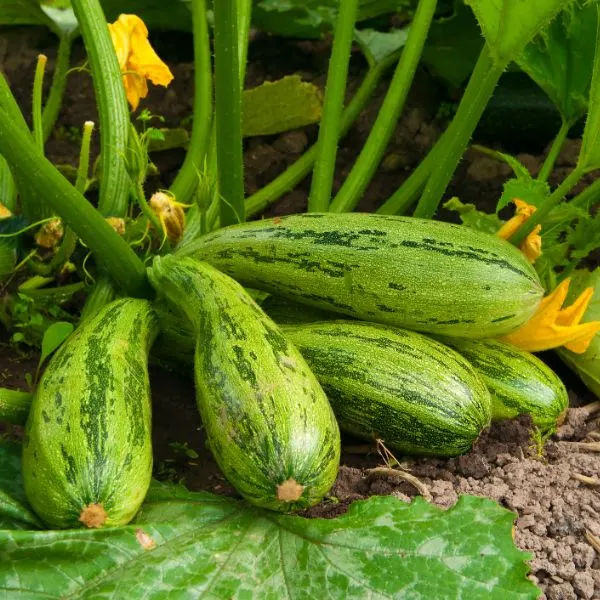
The vining plant called eggplant is also referred to as baby marrow, courgette or zucchini. It is a summer squash, a herb grown for its fruits which are harvested when they still have immature seeds and soft rinds that are edible.
It belongs to the cucurbit family Cucurbitaceae. Like plants in the cabbage family, nightshades tend to be heavy feeders as well. For this reason, competition can arise between them if your cabbages and zucchini are planted together.
FAQs
What should you not plant next to cabbage?

Do not plant other brassicas (like broccoli, Brussels sprouts, cauliflower, kale and kohlrabi) cucurbits (like cucumbers, pumpkins and zucchini), nightshades (like peppers and tomatoes), corn and strawberries next to cabbages.
Are onions and cabbage companion plants?

Yes, onions and cabbages are very good companion plants. Because they are alliums, onions protect your cabbage from pests, bacterial diseases and fungal infections.
Are cabbage and cucumbers companion plants?
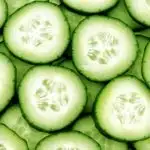
No, cabbages and cucumbers are not very good companion plants. They are heavy feeders so planting them together will mean competition and none of them would grow properly. They also attract similar pests and share diseases.
Are spinach and cabbage companion plants?
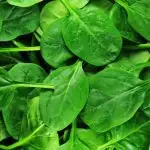
Yes, spinach and cabbage are very good companion plants. Their roots grow to different levels within the soil and have different nutrient requirements so they do not compete for nutrients. Spinach maximizing the space in your garden by providing good ground cover.
Conclusion
Cabbages are edible biennial plants in the Brassicaceae family cultivated for their heads which have densely packed leaves. Listed and explained above are thirty nine (39) good and thirteen (13) bad companion plants for cabbages.
These brassicas may have green, pale green, red, purple or white leaves. They contain mostly water (about 92%), then carbohydrates, protein and very little amounts of fat. They are also rich in vitamins and minerals.
Cabbages provide the several vitamins and minerals such as vitamins A, B1 (thiamine), B2 (riboflavin), B3 (niacin), B5 (pantothenic acid), B6, B9 (folate), C, E and K, calcium, iron, magnesium, manganese, phosphorus, potassium, sodium and zinc.
Some health benefits of cabbages include that they: may keep inflammation in check, provide lots of vitamin C, help improve digestive functions within the body, aid heart or cardiovascular health, may lower blood pressure, may reduce body cholesterol levels and provide vitamin K.
They are cruciferous vegetables that protect heart health, reduce the chances of cancer in the body and strengthen the body against various diseases because of the antioxidants they contain.
While growing cabbages, remember that they need to be exposed to full sun, for 6 or more hours daily. They are best grown in rich, well-drained, consistently moist soil with pH of between 6.5 and 7.0. Their soil needs to be thoroughly watered at intervals to maintain healthy amounts of moisture.
More companion plants
